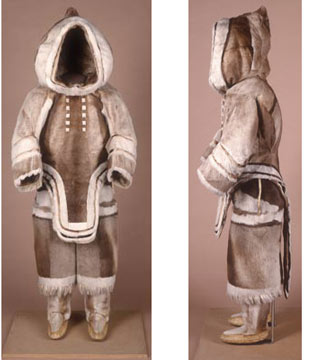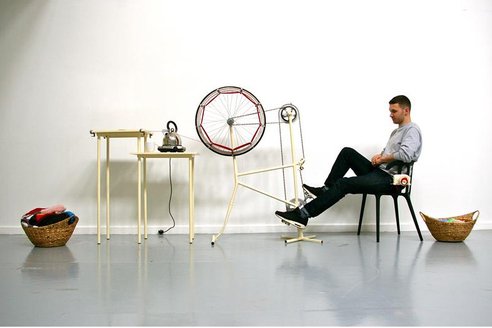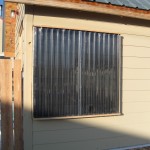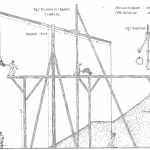 “Inuit elders continually stress the importance of wearing caribou skin clothing whenever travelling out on the land in the fall, winter, or spring. They believe caribou skin clothing provides protection from extremely cold weather that is superior to fabric ensembles recommended for the Arctic by some manufacturers. Inuit have used caribou skin clothing since pre-historic times. The purpose of this research was to collect laboratory and ethnographic data on the thermal comfort of Inuit-made caribou skin clothing, and expedition clothing produced for arctic travellers.”
“Inuit elders continually stress the importance of wearing caribou skin clothing whenever travelling out on the land in the fall, winter, or spring. They believe caribou skin clothing provides protection from extremely cold weather that is superior to fabric ensembles recommended for the Arctic by some manufacturers. Inuit have used caribou skin clothing since pre-historic times. The purpose of this research was to collect laboratory and ethnographic data on the thermal comfort of Inuit-made caribou skin clothing, and expedition clothing produced for arctic travellers.”
“There were no significant differences in changes over time between the military and expedition clothing ensembles with either the perception of comfort data or the skin temperature data; therefore, these data are grouped together. Findings indicate that the overall skin temperature, as well as the cheek, thigh, toe, and torso temperatures, remained significantly higher when wearing the caribou skin ensemble compared to changes observed when wearing the military or expedition clothing ensembles.”
Comparison of traditional and manufactured cold weather ensembles (PDF), Jill Oakes, in Climate Research, February 23, 1995. The paper might be a bit outdated, but it is interesting to read. Picture: Inuit woman’s winter suit, pre-1927 at Liverpool Museums. More about caribou skin clothing at Gates of the Arctic. Thanks to Jon Freise.






